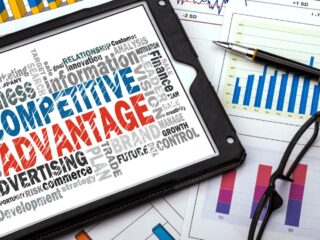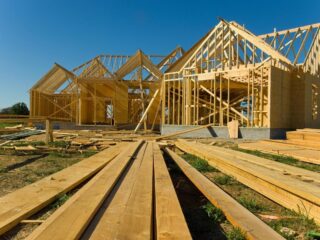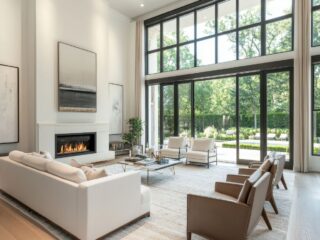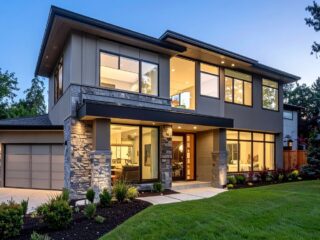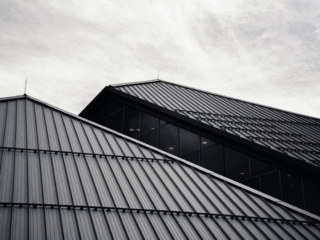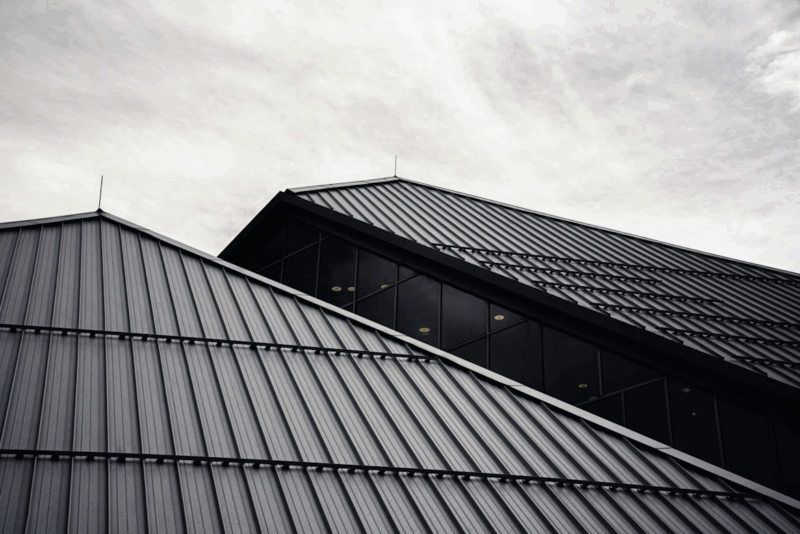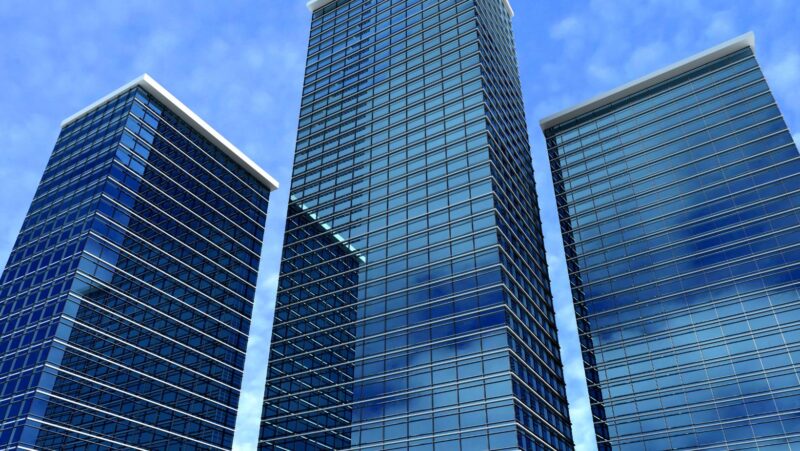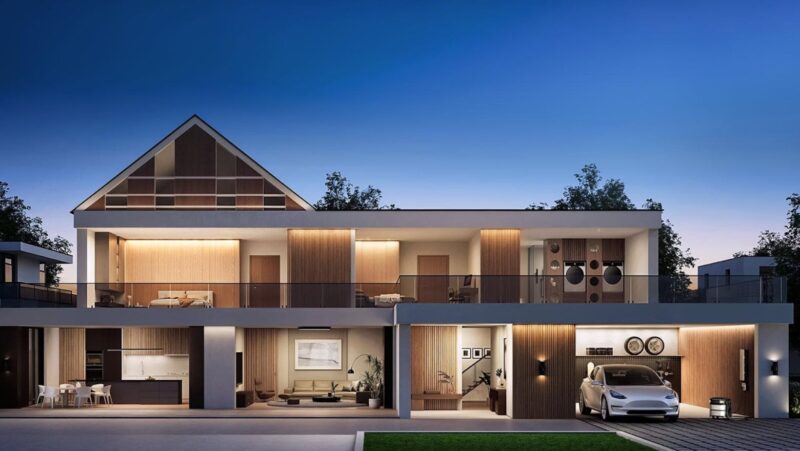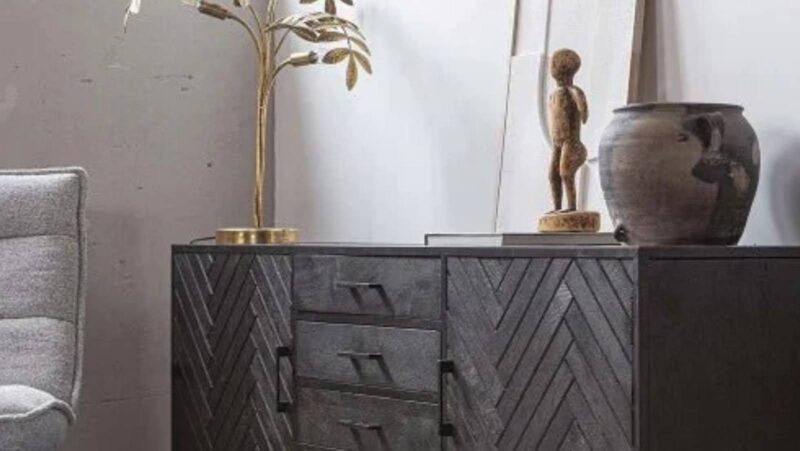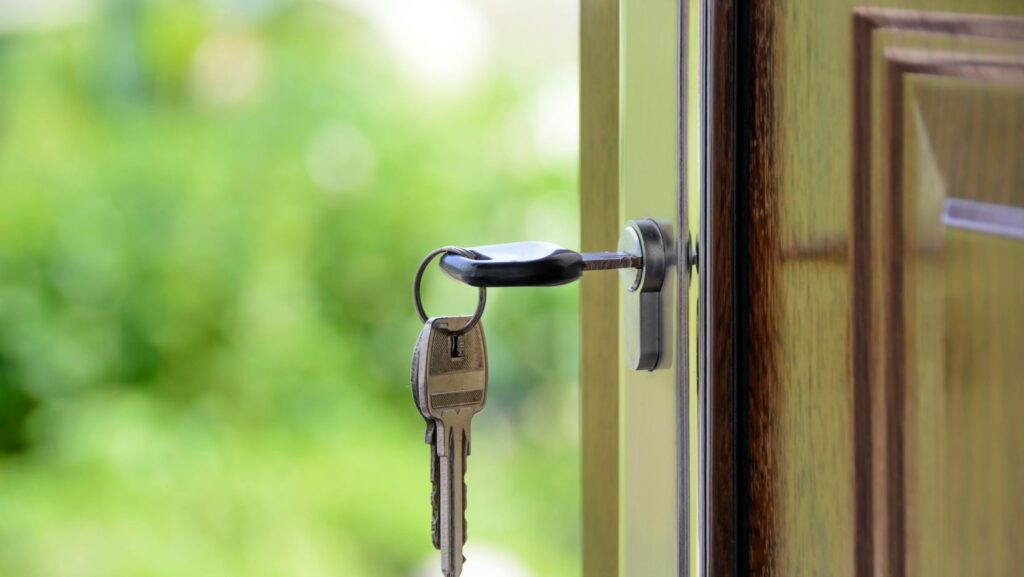
When people think about buying property, the usual factors come up first: square footage, design, and neighborhood look. However, financial security often depends on much more than the features inside the home. The real value of a property comes from how well it holds up over time, not just in price, but in livability and appeal. A smart investment doesn’t just feel right at the time of purchase; it continues to offer benefits year after year.
In places like Maui, where real estate demand is shaped by both lifestyle and location, knowing what makes a property worth the price is essential. Maui has broad appeal, but not every spot or home delivers the same kind of value in the long term. Buyers often wonder if they’re stepping into something lasting or just following a temporary trend. Understanding which signs point to sustainable growth is a key part of making a confident, informed choice.
Property Value That Holds Up
A strong sign of a smart investment is consistent growth in property value. When homes in a region hold their value across different market cycles, it shows that people continue to see that area as desirable. Fluctuations may happen in the short term, but steady upward trends suggest that the demand isn’t fading. This point is especially important for buyers who plan to hold onto their property for several years, whether they live there full-time or use it as a rental.
Looking at Maui real estate, there has been a pattern of reliable appreciation in many areas. The island’s appeal, combined with limited available land and steady interest from both mainland and international buyers, keeps prices stable. Instead of wild price swings, most of the movement in Maui’s market is grounded in real need and interest. That kind of balance is what turns a property into something more than a purchase—it becomes a lasting asset.
Active Development
A region that keeps building is a region that’s looking ahead. New construction projects, from housing to commercial centers to public facilities, show that people are investing in the area. This growth doesn’t just increase convenience but brings jobs, traffic, and attention. For property owners, that activity often means higher visibility and rising demand.
Subtle signs like updated sidewalks, planned green spaces, and small retail expansions point to a neighborhood that’s evolving with purpose. When buyers see progress happening around them, it’s a strong sign that the community has long-term plans and that their investment fits into something active and ongoing.
Neighborhood Stability
There’s value in a place that feels rooted. Neighborhoods with a solid reputation tend to weather ups and downs better than those that are still finding their identity. Stable areas usually have a mix of long-time residents and new buyers, showing that people want to stay, and others still want in. This kind of consistency creates a feeling of trust in the community.
Stability often shows up in small ways: homes that are well cared for, streets that feel lived in but not worn out, and neighbors who are involved in what’s happening locally. These signs don’t always appear on listings, but they speak volumes. A stable neighborhood creates peace of mind for owners and draws future buyers or renters looking for the same sense of comfort.
Infrastructure That Works
Infrastructure plays a bigger role than most buyers realize. Clean roads, updated streetlights, working drainage systems, and functional utilities are key to keeping a property’s value intact. When infrastructure is neglected, it doesn’t take long for an area to feel disconnected or out of step with the needs of its residents.
Communities that stay on top of maintenance show pride and preparation. When a city or county invests in infrastructure upgrades, it often points to longer-term growth planning. For a buyer, this matters. Properties in areas with strong public infrastructure often require fewer headaches and attract a better pool of future interest if reselling becomes part of the plan.
Sustainable Living Costs
When most people in a neighborhood can afford to live there comfortably, that signals good health for the local market. If homes are priced far above local incomes, growth can become unstable. On the flip side, when housing costs match income levels, residents are more likely to stay, invest in upkeep, and become long-term community members.
Affordability supports stronger neighborhoods. It reduces turnover, lowers vacancy risk, and attracts buyers who plan to stay. For investors or homeowners, this means less worry about long-term resale or consistent rental interest.
Walkable Convenience
Having everyday places nearby—like coffee shops, parks, or grocery stores—adds real value to a property. People are drawn to areas where errands don’t require a long drive or heavy planning. Walkability isn’t just a lifestyle trend. It makes living easier and more enjoyable.
This feature is especially helpful when appealing to renters or future buyers. Homes in walkable areas often attract interest more quickly, even without luxury upgrades. A walkable layout supports healthy routines, saves time, and creates stronger ties between neighbors—all things that quietly raise the overall appeal of the area.
Access to Healthcare and Services
Being close to doctors’ offices, clinics, and essential services adds long-term livability to a home. These may not be selling points on a glossy flyer, but they matter when people are choosing where to settle. For older buyers, families, or those planning to age in place, these resources are part of everyday comfort.
Homes that are within reach of reliable healthcare also have broader rental appeal. Whether someone’s relocating, retiring, or simply planning a longer stay, these nearby services provide peace of mind. When services are accessible without long waits or long drives, that’s a big plus.
Room for Improvement
A property that still has untapped potential can be more valuable than one that’s fully finished. Maybe the kitchen could be updated, or a second unit could be added in the future. Even small updates—like a fenced yard or energy-efficient systems—can raise a property’s value and function over time.
Buyers who see room for growth often feel more connected to the property. It gives them a reason to stay invested and think longer term. These kinds of opportunities also create more flexibility for changing needs, whether that means family expansion, rental income, or resale positioning.
From infrastructure and walkability to job access and local growth, there are clear signs when a place is built to hold value. For anyone serious about buying with purpose, noticing these signals early helps make the right choice for both the present and future.



